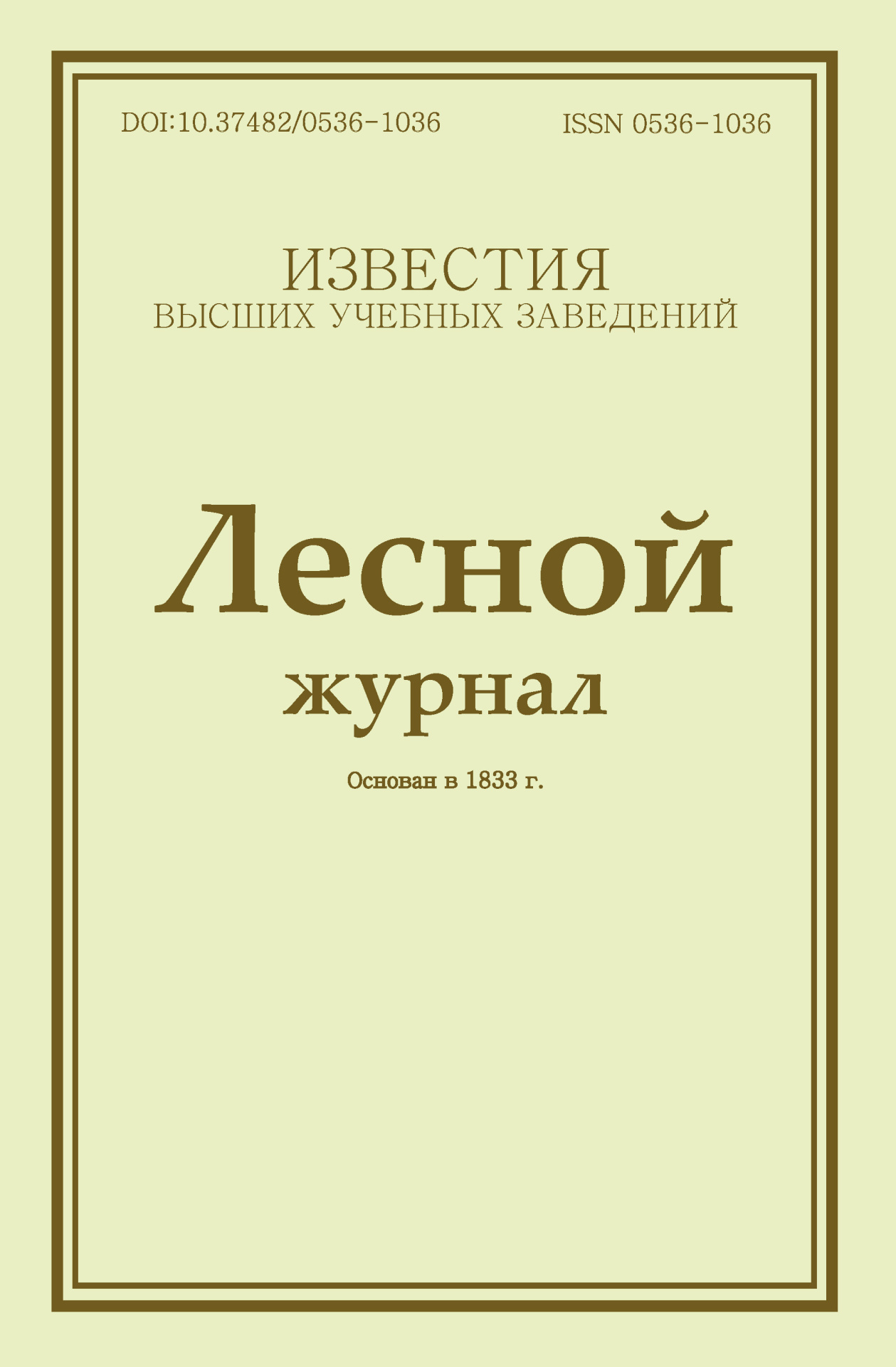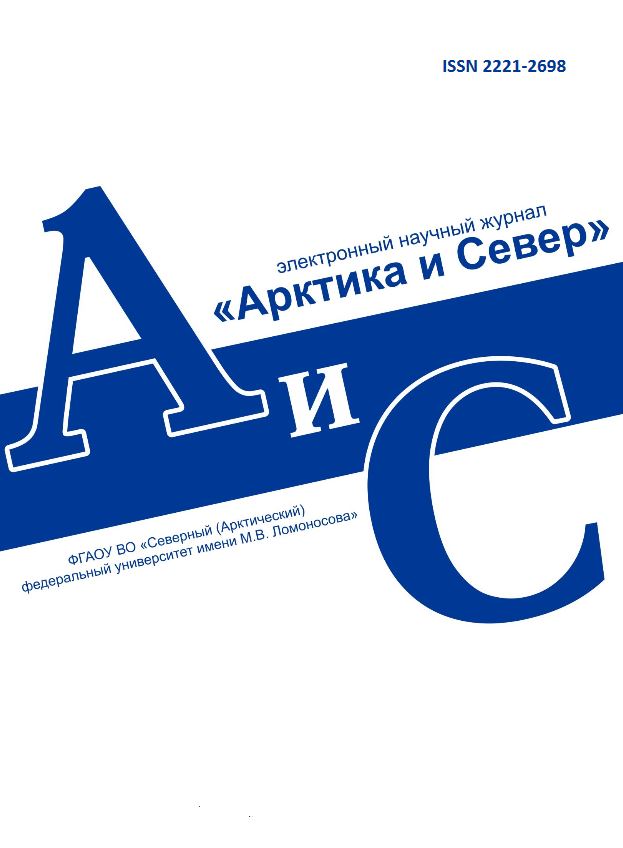
Vestnik of Northern (Arctic) Federal University.
Series "Humanitarian and Social Sciences"
ISSN 2227-6564 e-ISSN 2687-1505 DOI:10.37482/2687-1505
Legal and postal addresses of the founder and publisher: Northern (Arctic) Federal University named after M.V. Lomonosov, Naberezhnaya Severnoy Dviny, 17, Arkhangelsk, 163002, Russian Federation Editorial office address: Vestnik of Northern (Arctic) Federal University. Series "Humanitarian and Social Sciences", 56 ul. Uritskogo, Arkhangelsk
Phone: (8182) 21-61-20, ext. 18-20 ABOUT JOURNAL |
Section: Philosophy, Sociology, Politology Download (pdf, 2.3MB )UDC911.53:39(470.1)+[2-13](045)AuthorsKhudyaev Andrey SergeevichPostgraduate Student, Institute of Social, Humanitarian and Political Sciences, Northern (Arctic) Federal University named after M.V. Lomonosov (Arkhangelsk, Russia) AbstractThe article deals with further development of theoretical constructs in the field of phenomenology and semiotics of sacred space. Along with some improvements, a number of prerequisites are revealed within the humanitarian and philosophical discourse. The description of these prerequisites becomes a part of a systematic development of the concept of orientational semiotic structure of sacred landscape. According to this concept, space is a totality of orientations which are considered as a special type of signs (symbols), a specific way of actualizing meanings. The following prerequisites are singled out: a) semiotic: semiotic classifications include the indexical type of signs, which, along with other ways of referencing to an object, can point right in the direction of the referent; b) phenomenological: orientation is considered as a symbol which joins the subject and object of religious intention. The form of orientation itself (geometrically it can be described as a vector) corresponds to the fundamental prerequisite of human consciousness. In the phenomenological philosophical and scientific tradition, this prerequisite is defined as intentionality: a) philosophical-anthropological: the author gives an example of etymological interpretation of the word human (anthropos), which includes spatial direction; another example is related to the verb stand, which takes on a fundamental meaning of vertical orientation and movement when applied to a human; b) metaphysical: the author turns to the concepts of classic traditionalism that see direction as a fundamental element of space determining its primordial quality; c) psychological or cognitive: the author refers to the works by L. Lévy-Bruhl containing some examples of orientation signifying participation between the human being and various elements of space. In addition to the prerequisites above, the author provides examples of concepts according to which spatial differentiation is based on primordial perception and spontaneous reaction of a human to the phenomena in the environment.Keywordssacred space, intentionality, semiotic status, orientation, ritual, symbol, cultural landscapeReferences
|
Make a Submission
INDEXED IN:
|
Продолжая просмотр сайта, я соглашаюсь с использованием файлов cookie владельцем сайта в соответствии с Политикой в отношении файлов cookie, в том числе на передачу данных, указанных в Политике, третьим лицам (статистическим службам сети Интернет).






